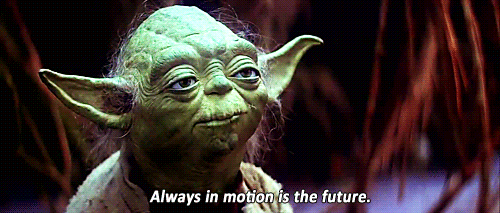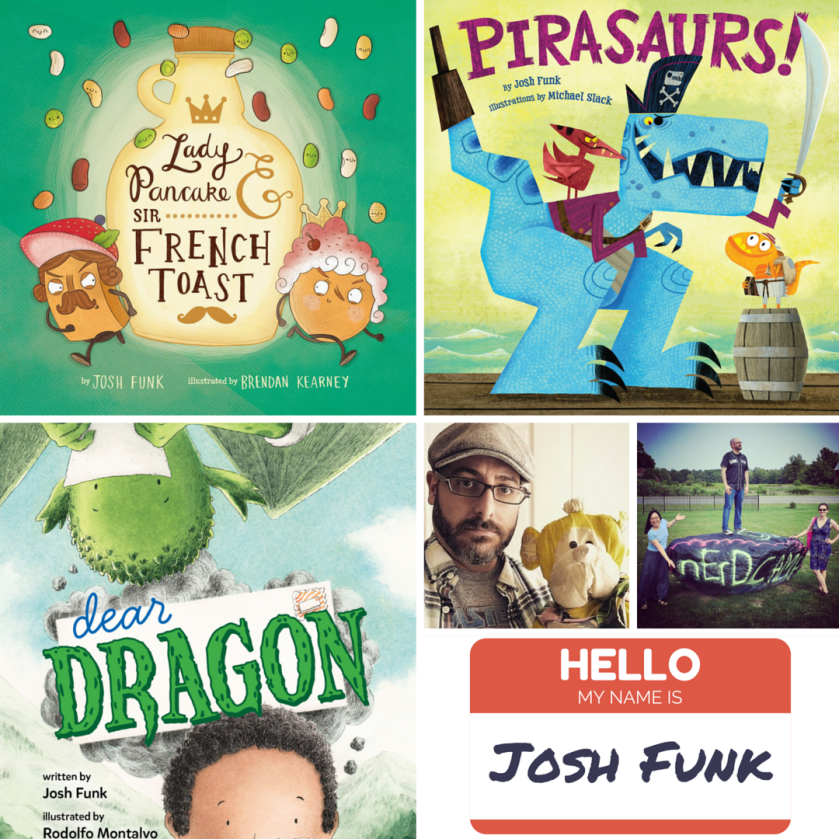It’s very easy to write bad rhymes. Lots of people do it. Therefore, there is a stigma associated with rhyming picture books.
Note: The following advice has been taken from Lesson 8 (Don’t Write in Rhyme) and Lesson 9 (Rhyming Is All About Rhythm) of Josh Funk’s ‘Resources for Writers – Guide to Writing Picture Books’ and from a ‘Mistakes You Can Make When Writing a Rhyming Picture Book’ list on TheListApp.
Also note: Despite everything Josh Funk says below, he is the author of Lady Pancake & Sir French Toast (a rhyming picture book), the forthcoming Pirasaurs! and Dear Dragon (both rhyming picture books), and several other upcoming picture books (nearly all of which are also written in rhyme).
If you’re going to write a picture book, the best advice I can give you is:
Don’t Write in Rhyme
“Why not?” you ask.
“But publishers are constantly printing new rhyming picture books.” True.
“I’ve heard librarians like reading rhyming books at story time.” Also true.
“Children love rhyme, don’t they?” Probably true.
“But Dr. Seuss was amazing and he only wrote in rhyme.” Almost true.
and so on …
Here are the two simple reasons you should not write rhyming picture books:
The Business Reason
Rhyming picture books cannot be (easily) translated into other languages. Therefore, rhyming picture books are immediately less valuable to agents and publishers. Yes, it’s possible a loose translation might work in some languages. And maybe (hopefully) your story and characters are good enough to be satisfyingly told without rhyme. But … maybe not.
The Artistic Reason
It’s very easy to write bad rhymes. Lots of people do it. Therefore, there is a stigma associated with rhyming picture books – a cringe-worthy stain on the entire genre (I’m not kidding – I got a very painful looking cringe from a highly respected and successful agent when I told her I wrote picture books in rhyme – a look you might give someone when they tell you their dog died … a horrific death).
But even if your rhyming picture book is flawlessly superb both in content and execution, there is an excellent chance that agents will choose not to read it because, in fairness, most of the rhyme they receive is bad rhyme. If they have to read 99 bad rhyming manuscripts to get to your good one, is it really worth their time?
(hint: the answer is no)
What Is Bad Rhyme?
I have identified the following six discrete ‘mistakes’ one can make when writing a rhyming picture book (identified by making all of them myself many … many times):
- Simple, Everyday, Cliché Rhyme: “My cat ate my hat, well look at that.” It’s been done. It won’t impress any editor or librarian or parent or child. After reading this list, an unnamed editor at a Big 5 publisher said to me, “If it sounds like Hamilton – cool. If it sounds like something from your childhood 40 years ago, not so good.”
- Forced Rhyme: “I opened my giant umbrella. ‘It’s raining,’ I said to that fella.” Unless that fella is important to your story, it’s likely you just placed him there to rhyme with umbrella.
- Seussian Rhyme: “Dr. Seuss was Dr. Seuss, and nobody else can do that shambloose.” He made up words. And it was glorious. Unfortunately for the rest of us, any time we make up a word for a rhyme, people say it sounds like we’re copying Dr. Seuss.

- Yoda Rhyme: “It’s raining and wet. In the car, I must get.” You know how Yoda (a long time ago in a galaxy far away) spoke a little awkwardly? Well, nearly no one else speaks that way – especially children. You really should write in kidspeak (unless you’re writing the dialogue of a pirate – that’s really the only time Yoda rhyming is acceptable – “Argh! On the poop deck, there be rum!”).

- Near Rhyme (or Slant Rhyme): “I see a staple. It’s right on the table.” Any first grader can tell you that staple and table don’t rhyme. If you were singing a song, you might be able to make it work. But a picture book is meant to be read by someone who has never heard it read aloud (or sung before). The words roof and truth might rhyme when signing, but they’ll never rhyme in a picture book (sorry Pharrell). And yes, Emily Dickinson may have loved slant rhyme. But she didn’t write picture books that were meant to be read aloud to children.
- Regional Rhyme (and Regional Rhythm): “In England you see lots of rain. But I’m in the U.S. again.” Does again rhyme with rain? Or does it rhyme with ben? The answer: the word again rhymes with nothing.
(Side note: I’m not sure why so many of my examples have to do with rain. It was a really nice day when I wrote this list…)
But the worst bad rhyme has nothing to do with rhyme.
- The #1 most important aspect of a rhyming picture book: Story
- The 2nd most important aspect of a rhyming picture book: Rhythm
- The 3rd most important aspect of a rhyming picture book: Rhyme
That’s why I say writing a rhyming picture book manuscript isn’t about rhyming at all:
Rhyming Picture Books Are All About Rhythm
But I’m not going to teach you rhythm (often called meter). That would take more than a single lesson (and there are already great resources out there … I personally like Lane Fredrickson’s Rhyme Weaver if you really want to learn the nuts and bolts). But I don’t believe you need to know anything about poetry to write a great rhyming picture book. Poetry and Rhyming Picture Books are very different forms of writing (but I won’t get into that here).
Although it’s hard to do, I find that the best rhyming picture books force the reader to speak with the correct rhythm. They’re carefully crafted with words that must be pronounced with the correct emphasis and stress. Rhythm can be subjective and the intended meter can easily be misinterpreted. When you write a rhyming picture book, you know which words to emphasize – but when someone else reads it, they won’t. And books are ALWAYS intended to be read by someone else.
How many syllables are in the word family? Two or three? Different people may pronounce it different, so use family carefully (or not at all). I might say the word fire with 2 syllables. You might say it with 1. Put that fire in the middle of a line in your manuscript, and the whole text might go up in flames (these are examples of Regional Rhythm).
Writing quality rhyming picture books takes years of practice, study, failed attempts, hard work, and maybe a little natural talent. But it can be done.
Final Note: These are only my thoughts and opinions and they have evolved over time (and will most likely continue to change). Everything here is certainly up for debate. Feel free to disagree, argue, and share your own thoughts and opinions on the topic in the comments below.



Reblogged this on Perth Words… exploring possibilities. and commented:
Some good advice…
LikeLike
Loved this post, Josh (I’d already read it on your blog, but it’s a good refresher!) I’m taking Renee La Tulip’s Lyrical Language Lab and have written poetry every day for homework. I forgot how much fun it is!!
LikeLiked by 1 person
That’s fantastic! I’ve heard great things about Renee’s classes (and about both her as a person and a writer). Can you share links to her resources here in the comments?
LikeLike
I’m guessing that there are lots of editors and agents out there doing a behind-the-scenes fist pump right now in response to how many weak submissions your post will discourage! You get a gold star on your forehead for clarifying the parameters! And you’re fun, too!
LikeLiked by 1 person
That would be a nice byproduct for them. I know that my list app list was shared in a big 5 editorial meeting, which is where I got the Hamilton comment. Hopefully this helps authors make awesome rhyming books!
LikeLike
Great post. I had a fun day talking about writing PBs with eight graders today, and when we got to rhyme….oh my! I think I am going to print out your post and beat it over some kids’ heads. (Well, not really, but you get the idea.) Thanks so much!
LikeLiked by 1 person
As long as you beat it with a consistent rhythm, I’m all for this plan!
LikeLike
Great post! Thanks, Josh :).
LikeLike
thanks. 🙂
LikeLike